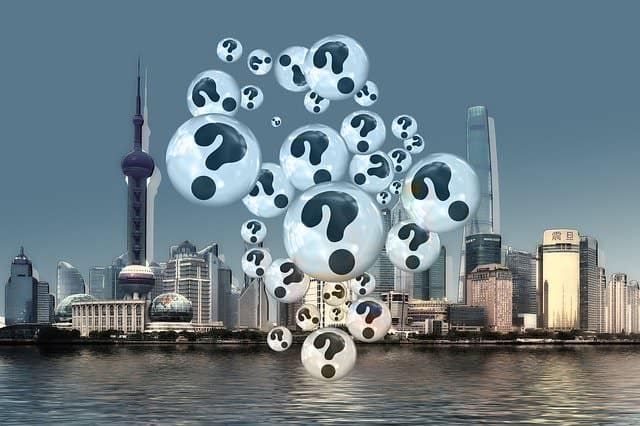Water is the largest offering of nature. Individuals have utilized this natural means to a limit where regulating water contamination is difficult. The abuse of water may cause damaging results along with a warning to human survival. The usage of dangerous compounds in production in enterprises and agriculture that induces critical water contamination as garbage from those enterprises that run straight into adjacent streams, ponds, and lakes without becoming used to eliminate dangerous compounds and poisons. This not just impacts the nature of water but further poses a threat to many threatened aquatic species.

Addition to water contamination may severely impact aquatic life and its environments. Poor individuals who have zero access to fresh consumable water are bound to consume untreated water that makes them likely to suffer from water-related illnesses which directly influences their well-being.
Some facts include the following:
The entire amount of water accessible on the planet is around 1.4 billion km and approximately 70% of the planet happens to be submerged in water. The enormous volumes of water are primarily in the seas. Freshwater on the planet is just 2.5% of the whole pool is accessible on this asteroid. We should make an effort that the water we consume is clear by utilizing a water strainer on our refrigerators.
Moreover, about 70% of the manufacturing trash is deposited into the water forms hence it pollutes the available water stock. At most limited 320 million individuals in China have no entrance to clear drinking water. Around 20% of the drinkable water in China happens to be utilized as consumable water that is extremely polluted with carcinogenic compounds that lead to huge amounts of water contamination. Moreover, 14 billion weights of waste are mostly synthetic, is discharged into the beaches each year. And around 15 million kids below the age of 5 expire per year due to illnesses effected by consumable water.
The river Ganga in India is among the most contaminated water bodies on the planet. It includes residue, debris, cooking, and animal cadaver. As stated by WHO and UNICEF about 2.5 billion individuals have no entrance to enhanced hygiene. Consumable water in Bangladesh is infected with arsenic. And Arsenic is a highly poisonous and acute toxin.
Another fact states that, in America, about 40% of the streams and around 46% of the ponds are contaminated and are deemed harmful for bathing or angling. According to U.S. EPA ratings, each year in the U.S, 1.2 trillion tons of excrement from homes, manufacturers, and establishments are discharged into U.S. water yearly. Asia proceeds to offer the highest amounts of contaminated rivers than anyplace else on the planet. The largest of it includes bacteria produced from individual waste.
More Facts!!
Plastic trash appears to be a significant source of water contaminants, which is producing large extinction of aquatic life and is considered to be accountable for losses of higher than 100,000 aquatic mammals and sea birds. The trash created in the stream carries bacteria, parasites, and germs. These generate life-threatening illnesses like diarrhea, typhoid, and cholera.
Major water pollutants that are man-made involve heavy metals, nutrients, sediments, microbial pathogens, organic matter, etc. Around 1.2 billion individuals in rural regions excrete in the public. Public defecation acts as an individual health hazard and jeopardizes quality in adjacent water forms. Chemical and leather industries lead to water contamination and are developing leading business economies. Cruise vessels proceed to be also a significant cause of water contamination. They generate above 200,000 tons of excrement which is chiefly distributed in the sea. Aside from this aspect, they also cause a minimal of 35,000 tons of water contamination because of the fuel spill.
Yet even though individuals have initiated using cares, the water contamination levels are growing swiftly. One great action that each individual may take to counter water contamination is to decrease water wastage and pollution from their part at each reasonable level. In this way, we might be capable to preserve some clear water for the coming generations.